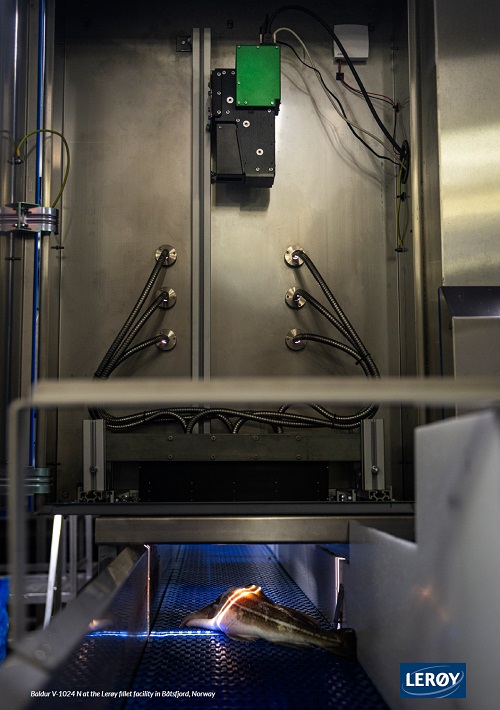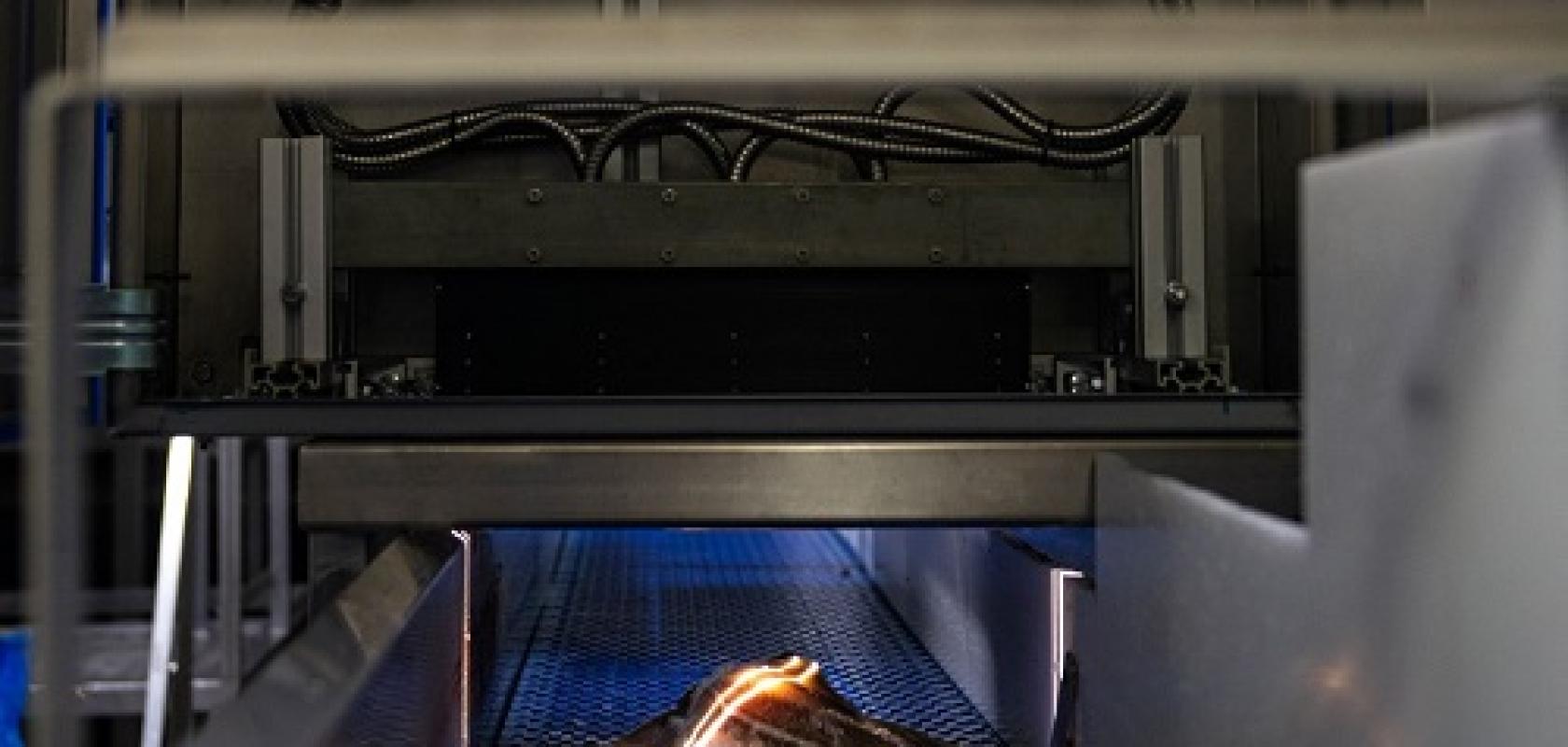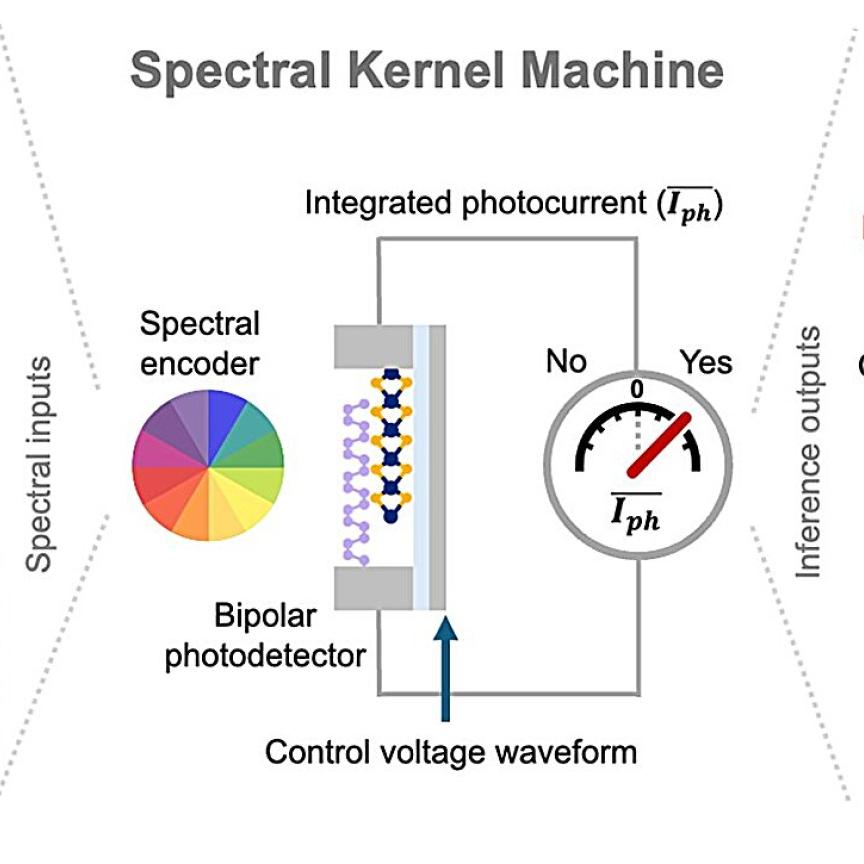Norwegian seafood firm, Lerøy Seafood Group, has installed hyperspectral cameras on processing lines to sort fish.
The system, based on a Baldur analyser from HySpex, the hyperspectral imaging arm of Norsk Elektro Optikk, is able to measure the amount of blood in white fish, which gives a grade of quality.
The machine was developed in a project partly funded by the Norwegian Seafood Research Fund (FHF). Along with Lerøy and HySpex, project partners were: Nofima, a Norwegian institute for applied research within the fields of fisheries, aquaculture and food research; Maritech, a software provider to the seafood industry; Lillebakk; Prediktera; and Havfisk. As lead partner Maritech will commercialise the system, potentially later this year.
The industrial trials were carried out at Lerøy’s processing plant in Båtsfjord, Finnmark. The fish are scanned whole before filleting, looking for the percentage of residual blood in the muscle.
A good quality white fish that has been bled properly will have white and delicate flesh. Muscle with blood in it, which can occur because of stress when the fish is caught or slow processing on the boat, will appear pink or red, and deemed lower quality. These slightly pinker fillets can be used for salted fish or in fried fish products.
The benefit of the hyperspectral system is that the fish's quality can be determined before it is filleted, meaning the fish can be processed according to its value – how much is suitable for high-quality products like loins, how much needs to be trimmed, and how much can be sent for making salted fish.
The technology could also make it possible to reward fishermen who deliver good quality catches, according to Nofima scientist Karsten Heia, speaking in 2019. A fishing fleet that could install such a system on its production line would have greater control of its product.
'The sea fishing fleet delivers a lot of frozen raw material which may not enter the market for four or five months. If they receive a complaint about the quality, they may not have adequate knowledge about the possible causes, and thus little room to argue. By measuring and documenting the quality of all fish brought on board, they are able to sort according to quality and avoid surprises and price reductions later on,' said Heia.
The Baldur analyser illuminates the fish 5-6mm away from the field of view so that the photons have passed through the skin twice and scattered inside the fish. This gives an accurate reading.
Speaking to Imaging and Machine Vision Europe, Trond Løke, CEO of HySpex, explained that the Baldur line of hyperspectral imagers is especially fast and light sensitive. 'The spectral point spread function is always Nyquist [a theorem that states data must be sampled twice to be reproducible] to keep the models reliable between all machines. And we keep the spectral and spatial distortions very low to keep a high spectral fidelity per pixel.'

HySpex's Baldur camera analysing fish at Lerøy’s Båtsfjord processing plant
The Baldur V-1024 N camera has 1,024 spatial pixels; its spectral full width at half maximum (FWHM) is less than two bands, while its spatial FWHM is better than 1.7 pixels to give a sharp image. The fish inspection system runs over 91 wavelength bands, from 482nm to 968nm, and at a conveyor speed of 2m/s.
The system uses algorithms developed by Nofima to calculate six different indices that correlates with the fish quality and blood index. This ground truth is then used to train Prediktera's Breeze software to make a real-time model.
The light source is specially designed, and Løke said that HySpex is also looking into an alternative light source for the fish sorting machine. Gathering enough photons to get a good signal-to-noise ratio in the whole spectral range is crucial to getting good results, he added.
'It's all about getting some operational systems out there to show that this technology is reliable and now also affordable,' Løke said when asked about making hyperspectral imaging more widely available. 'It's all about teaching the customer that this is a technology that they need. One of our actions in the last year has been to hire specialists in the different application areas, to not only sell a camera to a researcher but sell a solution that works for a given application. This is bringing the technology closer to the end user.'
The Baldur analyser is also used to sort red fish like salmon, where the amount of blood in the muscle is still an important indicator of quality, regardless of the fact that the meat is red. Making smoked salmon out of a fillet with a lot of blood in it can result in black spots in the final product.
During 2020 there is also a plan to test the quality measurement machine on one of Havfisk’s trawlers.
HySpex has also just started a project with Nofima on building a machine that can detect parasites in fish fillets.


